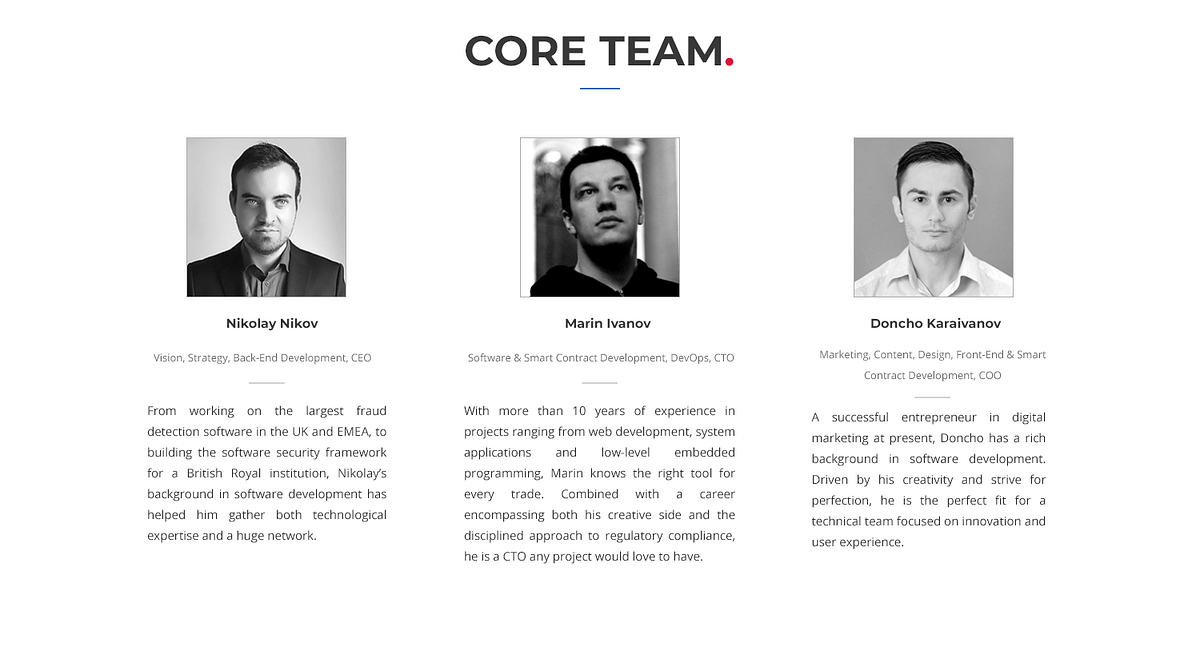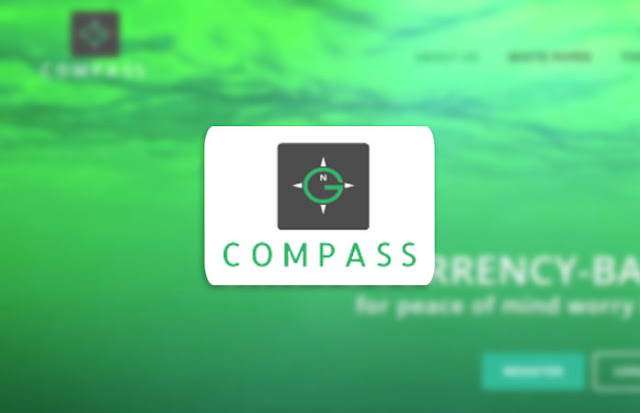individuals and businesses with easy access to technology and smart blockchain contracts
ABOUT
The Fabric Token (FT) ecosystem aims to empower individuals and businesses with easy access to blockchain technology and smart contracts by providing easy-to-use software. Products within the FT ecosystem will focus primarily on helping people from the background to create and implement their decentralized applications (DApp), without the specialized computer programming knowledge they typically need.
As we see in the White Paper, blockchain technology and smart contracts can have drastic impacts on diverse industries such as finance, food delivery and government. For this purpose and to solve the problems listed below, we present the Token Token ecosystem.
Token Token Ecosystem.
Extract Token Fabric, will consist of four main components - Token Kain itself, Token Gen, DApp Workbench, and Fabric Store.
PROBLEM
Accessibility & Financial Inefficiency in Blockchain Adoption & Intelligent Contracting
Blockchain technology and smart contracts are still widely misunderstood and difficult to adopt.
Blockchain technology is still widely considered experimental by individuals and businesses, and many consider it synonymous with Bitcoin or Ethereum - only two of its most popular applications.
Furthermore, even those who decide to engage with block-based application creation (DApps) are faced with the lack of easy-to-use software and tutorials in niches where significant technological expertise is a must.
This forces companies to seek high-paid specialist assistance, which is virtually unaffordable for beginners and not profitable for the company. As a result, the advantages of using DApps can not justify the financial tensions on the project, which hampers innovation in some industries.
Given the competencies required to turn the application logic into smart contracts often can exceed the current level of qualification, expert intermediaries usually end up being a necessity, eliminating one of the major benefits of using a smart contract in the first place.
Technical and Financial Challenges to Develop Smart Contracts
Developing smart contracts, even with Solidity, presents a variety of challenges, both financially and technically.
On the technical side, because smart contracts aims to replace legal contracts with self-employed computer code, they are hard to understand by the layman. With developers comprising only about 0.003% of the global population and as most of them still consider blockchain technology as an experiment, few people can develop, test, and implement blockchain-based applications properly.
In addition, even IT specialists can also ignore bugs in their code and, in the case of smart contracts, this has caused hundreds of millions of USD losses in crypto in crucial. This problem arises both from the fact that the Solidity programming language is still in its early stages and from the fact that, in order to write secure smart contracts, programmers must be fully aware of the way blockchain technology works under the hood and also what common smart contract security considerations.
Because smart contracts can not be changed, margins for practical errors do not exist. A simple mistake in a smart contract deployed is likely to be exploited by a malicious user who lacks incentives given the ever-increasing crypto value.
Current Challenges in Intra & Inter-Organizational Business Processes
Business process management, in its current state, has some drawbacks that do not necessarily complicate the workflow.
The first and foremost problem is trust. When it comes to inter-organizational business processes, trust is lacking. Each organization keeps details only about the part of the process related to them, making it very difficult to trace where the given problem originated or verify that the other party is complying with the specifications of the process they have agreed upon.
To overcome this, businesses rely on intermediaries, which ensure trust and monitor the implementation of the workflow. This, however, not only increases process time, but also costs.
To further complicate matters, the current standard way of business process management - enterprise resource planning (ERP) systems - can be extremely rigid and expensive to adapt to ever-changing business needs.
These are just a few examples of how business processes intra and especially between organizations are modeled, maintained and executed. They point out that significant revisions are needed to be faster, more cost-effective, and most importantly, reliable.
ROADMAP
Septuian 2017
Getting Started in TokenGen Development
Current UI and beta functions, which feature a total of 6 smart contract templates that extend the token function and fundraiser base, are both fully operational. This tool will be available to the user once the Fabric Token launch is complete.
Oct, 2017
Getting Started in DApp Workbench
Extensively test and ultimately determine software architecture, technology stack, supported blockchain, and modeling notation for BPM.
Feb, 2018
TokenGen 1.0
Includes fully-functional web apps for token intelligent contract making and fundraiser.
Apr, 2018
TokenGen 2.0
Additional additional contract templates are added for token and fundraiser functions.
Jul, 2018
DApp Workbench Public Beta
Includes a fully functional DApp Workbench desktop application as well as clouds with a limited set of intelligent contract components, which will be defined and published before beta launch.
Septuian 2018
DApp Workbench 1.0
Expand the beta version of the software by significantly expanding the intelligent contract components provided by DApp Workbench.
Oct, 2018
Cloth Shop Development Starts
The initial code for the project intelligent contract is written, optimized, tested, audited, and then deployed. Furthermore, UI works with smart contracts developed.
Dec, 2018
General Beta Cloth Shop
Some functional UIs connected to smart contracts from the Fabric Store are open to the public for testing purposes.
Feb, 2019
Fabric Shop 1.0
A fully decentralized market operating for intelligent contract components is launched in general to enable third-party developers to further improve the performance of our vanilla projects and expand the adoption of the Fabric Token ecosystem.
2019+
Fixed Token Token Ecosystem further
Further improvements to Token Token ecosystems primarily focus on expanding the range of functionality covered by intelligent contract components that make the product accessible to a growing group of users and businesses.






Komentar
Posting Komentar